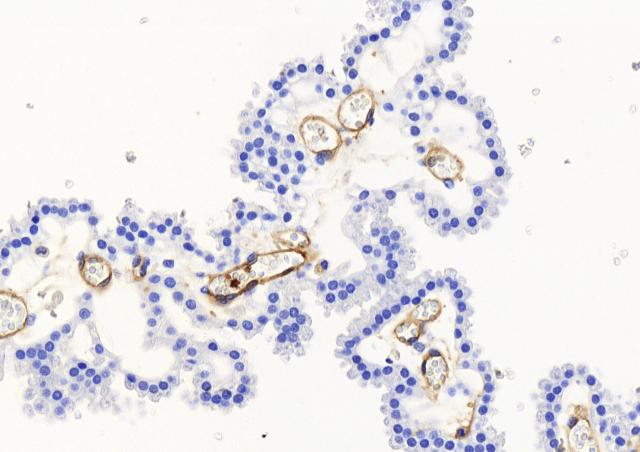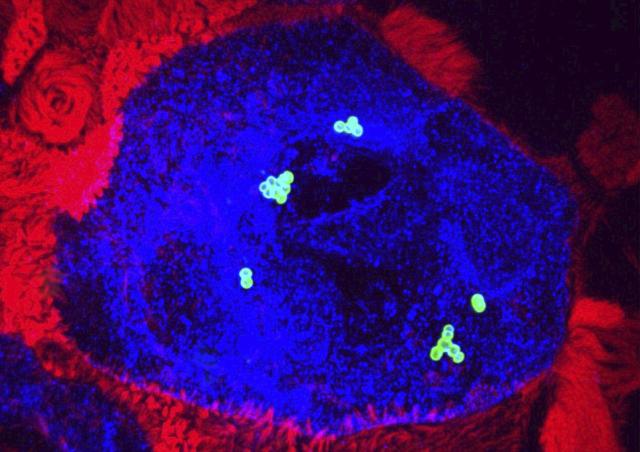Project members
Project
Our lab recently identified ADP-heptose, a soluble intermediate of the lipopolysaccharide (LPS) biosynthetic pathway, as a bacterial PAMP. We showed that during infection with the Gram-negative enteroinvasive bacterium Shigella flexneri, ADP-heptose sensing leads to the massive oligomerization of TIFA and TRAF6 proteins, the activation of the transcription factor NF-kB and the expression of inflammatory cytokines. In addition, we showed that this pro-inflammatory pathway is dependent on an atypical kinase alpha-kinase 1 (ALPK1).

TIFA is an adaptor protein, which is found as dimers in resting cells. It harbors a forkhead-associated (FHA) domain known to bind phosphorylated threonine and serine residues. During infection, ADP-heptose binds ALPK1 and activates its kinase activity. In response, ALPK1 phosphorylates TIFA on threonine 9 (pT9). pT9 residues are recognized by the FHA domains of other TIFA dimers, resulting in the assembly of large TIFA oligomers, called TIFAsomes. Besides S. flexneri, TIFAsomes are observed upon infection with Neisseria meningitidis, Salmonella Thyphimurium, Yersinia enterocolitica and Helicobacter pylori.
We are currently using a multidisciplinary approach to obtain an integrated model for the mechanism of ADP-sensing and to understand the role of this newly described PAMP in bacterial infections.










